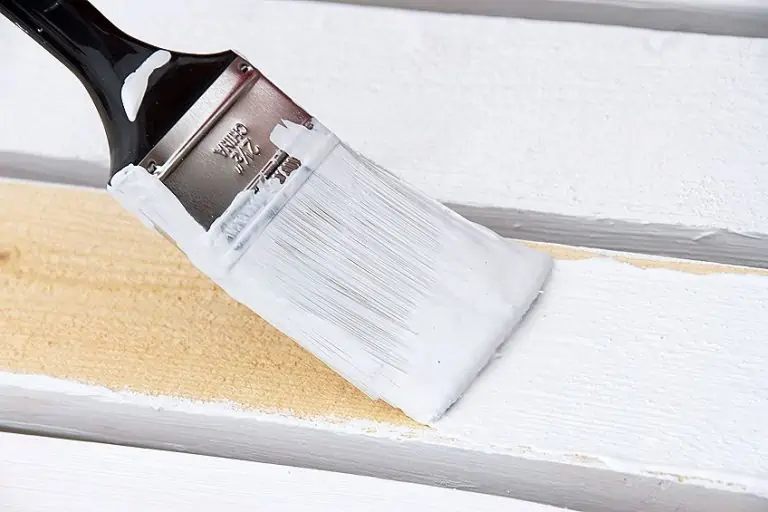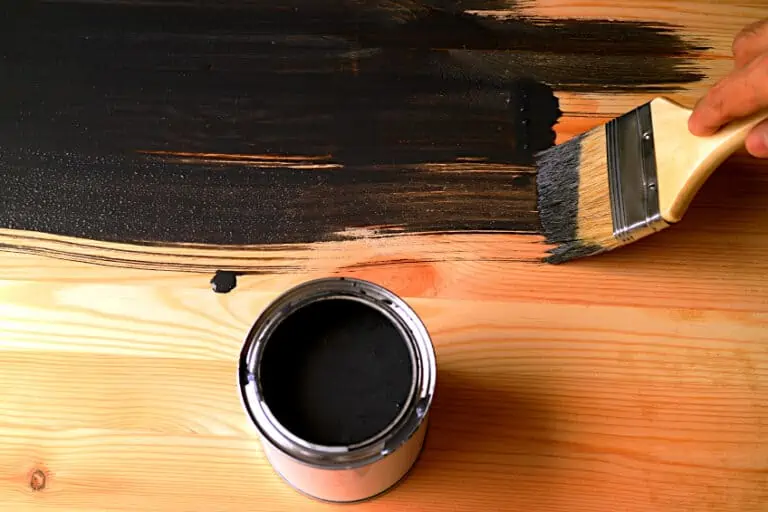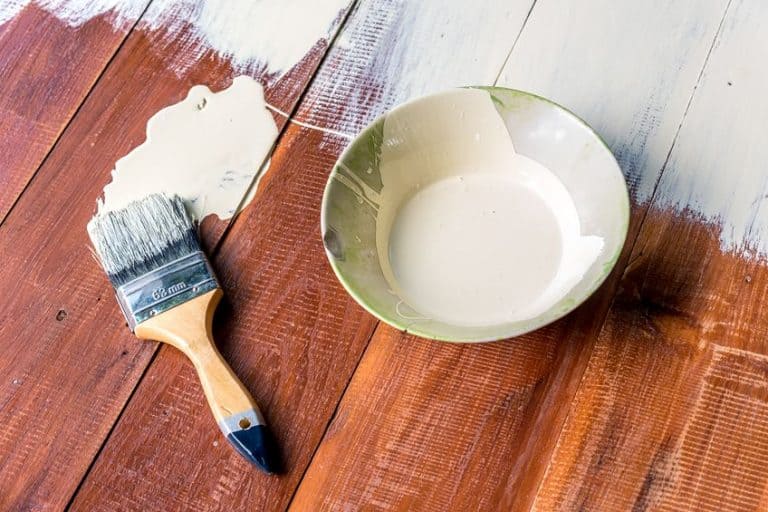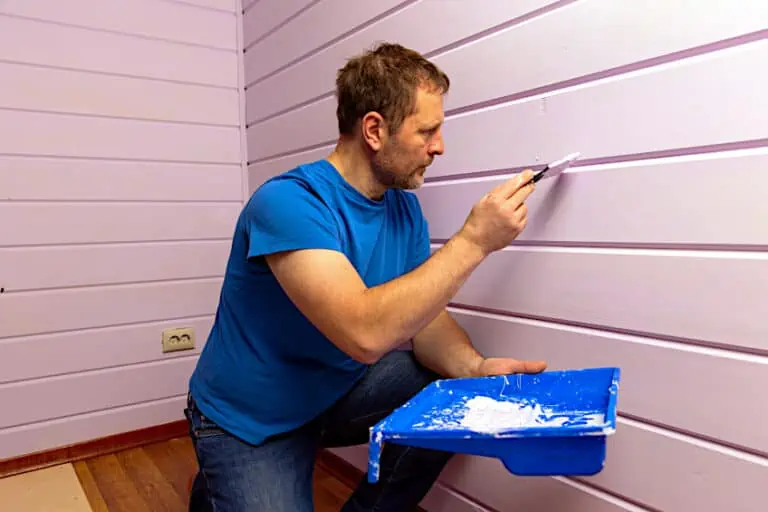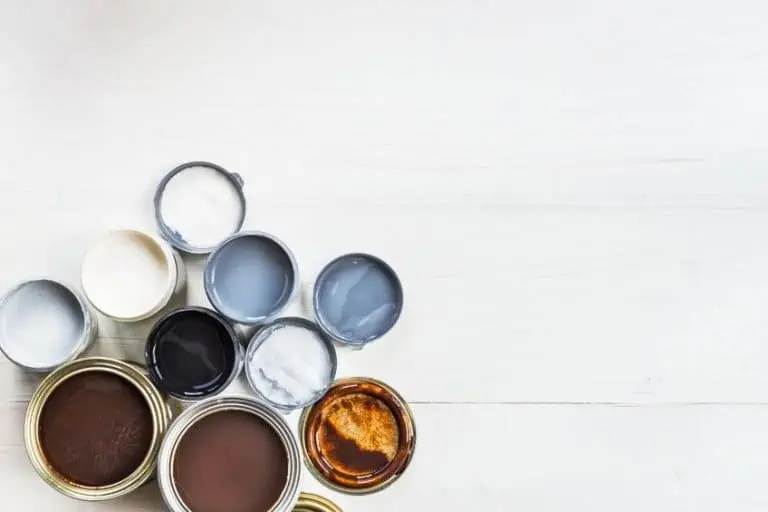Can You Use Oil Paint on Wood? – How to Use Oil-Based Paint
These days synthetic paints tend to get all of the attention, but are they always the best choice when painting your wood? Back in the day these synthetics were not an option, and paints like oil and lead-based paints were all the rage, so how do these new kids on the block stack up against those that colored our world before? Before acrylic and latex paints existed, oil-based paints were almost exclusively used on wood, but can they still be used on wooden surfaces? Do they need to be primed first? What effect do they have on the wood’s surface? Let’s have a look at what exactly oil paint is and if it’s still an effective wood coating.
What Is Oil-Based Paint?
As the name suggests oil-based paints work off a base oil which can then be dyed and modified for a particular application, these oils can either be natural oils or synthetic oils depending on the application, budget, and/or discretion of the manufacturer. If natural oils are used it is typically linseed oil that is used as the base component. If a synthetic oil is used it is typically alkyd, but regardless of which type of oil is used, the goal is to create a mixture that will stick to your workpiece and protect it, while simultaneously making it look good.

How do oil paints get their color you ask? Well, oil paints typically get their color from pigment dyes that are added to the paint mixture, these dyes often take on a really deep, intense color that has become synonymous with oil-based paints over the years but have since seen considerable competition from other paints like acrylic and latex-based paints as technology has developed.
The big question is then if oil paints are so great, why aren’t they as popular anymore? Well, like most things that were once popular, as our understanding of the world around us grew and technology developed, we found more effective and environmentally friendly solutions to our painting needs.
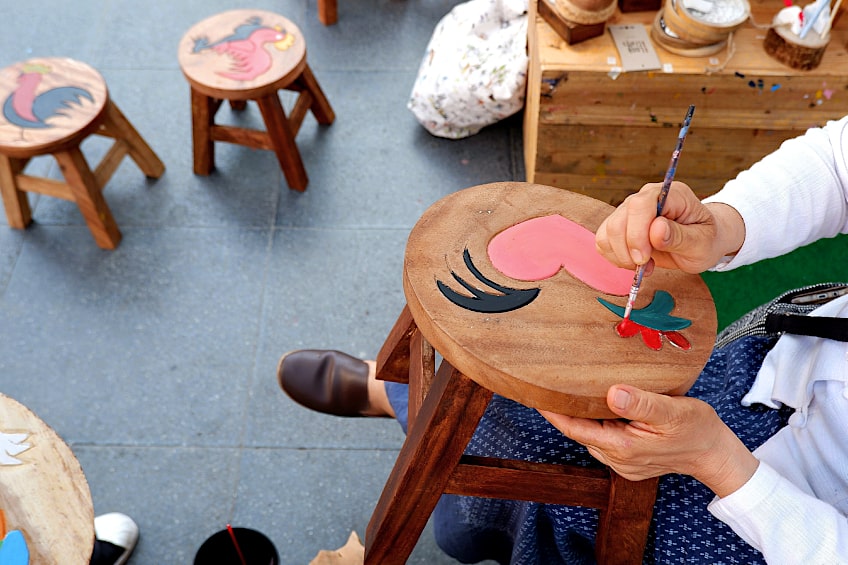
The production and use of oil paints can be harmful to the environment and to one’s health, this is why it is always recommended that you work in a well-ventilated area when applying oil-based paints. What’s more is that they contain volatile organic chemicals which aren’t food safe and contribute toward harmful carbon emissions, and since we’re all doing our part to shrink our collective carbon footprint these days, they have fallen out of favor with most crafters.
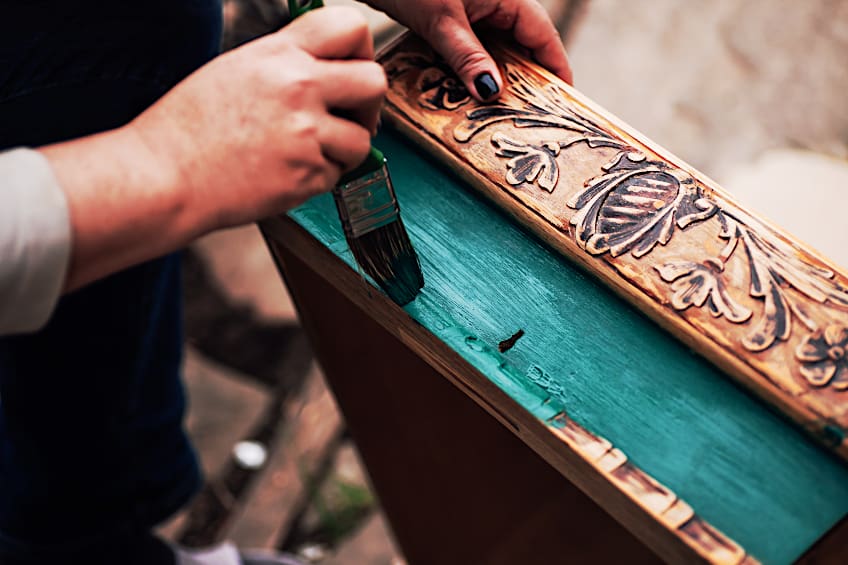
If you’re asking yourself why we’re still using oil-based paints if they pose so much potential danger, you’re asking the right question. Oil-based paints might be more volatile compared to synthetic ones, but they’re also one of the few wood coatings that penetrate into the wood’s fibers.

Why is the penetration of oil paint into wood fiber important? Well, once oil paint has cured completely it protects wood from insects, moisture, water, heat, splitting, and even mold. This makes oil-based paint a quick and effective solution when you need an aesthetically pleasing coating for your outdoor furnishings or indoor ones that need a particularly robust paint job.
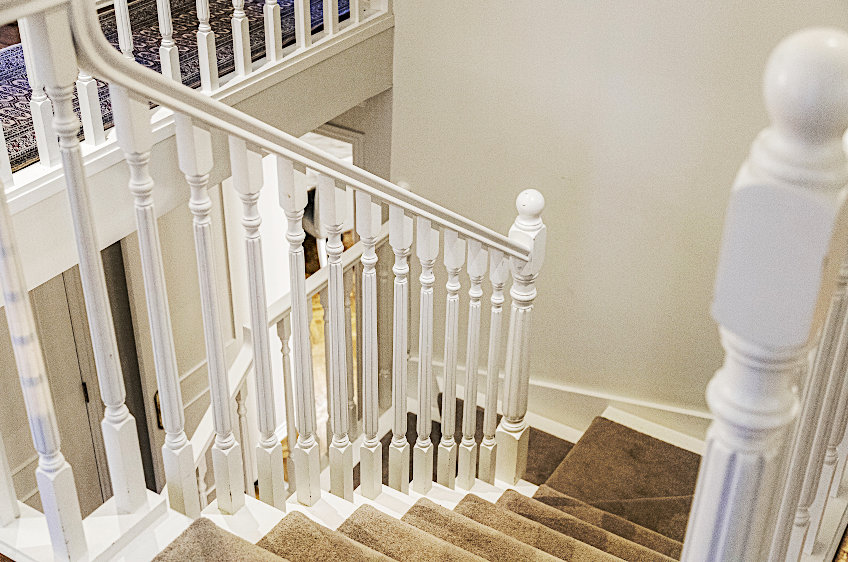
Do You Need a Primer When Working with Oil-Based Paint?
When working with an oil-based paint for wood you might be wondering if you need to use a primer. Although oil-based paints take particularly well to porous surfaces like wood, they don’t look very good when a primer isn’t used. Why? When using oil-based paint for wood on your workpiece without primer, most of the paint tends to be absorbed into the wood’s fibers, which leads to the paint losing the intensity of its color and causing the finish to look rather inconsistent.
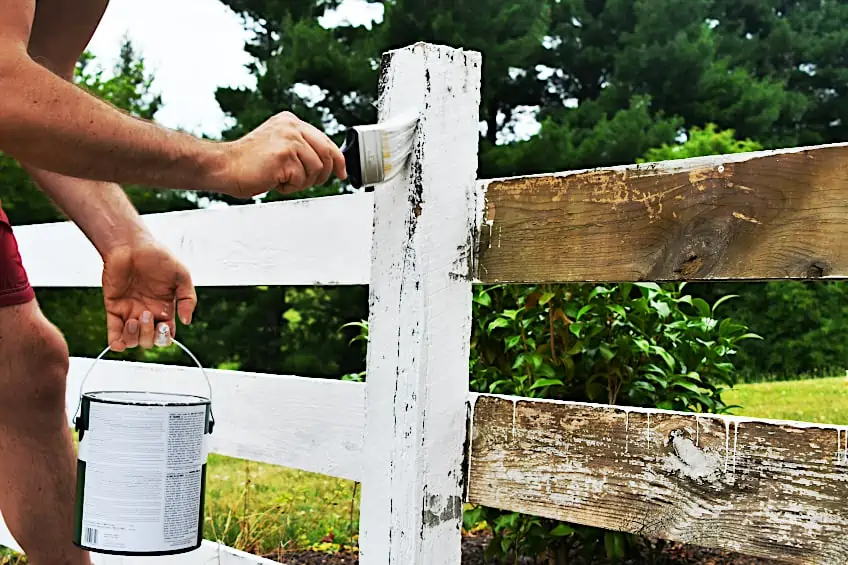
Once the primer is applied, using oil paints on wood can be one of the most rewarding experiences in your crafting journey. Not only does using oil paints on wood provide a vibrant color pallet, but it provides a protective layer that tends to last the lifetime of your workpiece.
If this is your first-time painting on a wood panel with oil-based paint, it’s a good idea to arm yourself with some knowledge, particularly when painting on a wood panel, which is arguably the most critical step in the preparation. This being said, let’s have a look at the best way to sand your workpiece and apply your prime before you start painting.
Dry and Sand Your Workpiece
There are very few situations in life where wet wood is an advantage, so ensuring that the wood you will be priming is dry is the first step in the preparation process. This is particularly important if you have purchased wood from a supplier that stores their wood outdoors in particularly humid areas.

How do you tell if your wood is wet? Look out for three tell-tale signs, wet wood is typically heavier than it should be for its size, and the wood will give off a damp scent. In addition, if the wood you have purchased still has bark attached to it, check under the bark as condensation tends to gather in this area. Once you are sure your wood is dry, it’s time to get to sanding.
Sanding wood is a fairly simple process, but to get the best results we recommend taking your time and ensuring that your surface is completely flush. You have two options when sanding wood, you can either use a power sander or some sanding paper, with the deciding factor normally being the size of the wood board and how much time you have to work with it.
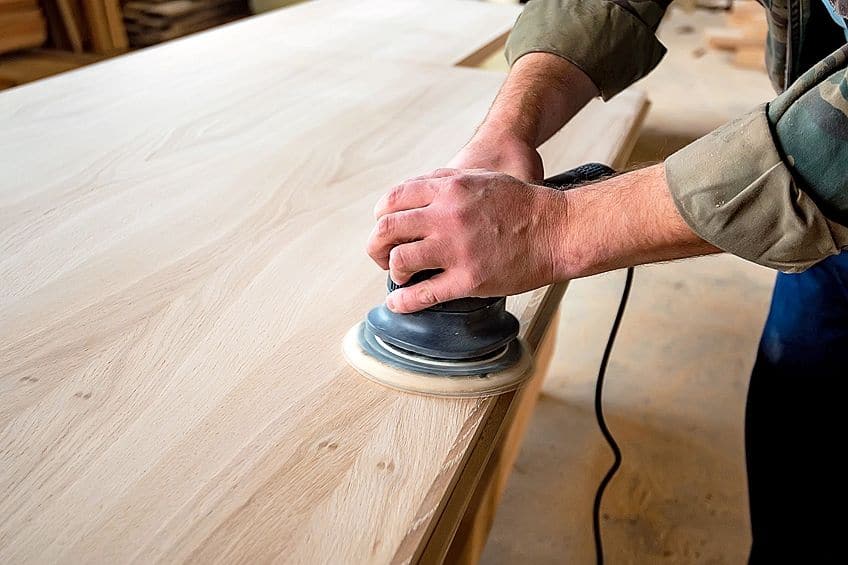
If you are sanding a smaller workpiece or one that is irregularly shaped, we recommend starting from the center of the board and working your way outward towards the edges. If you are working with a bigger board that happens to be square or rectangular in shape, try working from one end of the board to the other.
When sanding the best approach is to work slowly and methodically to ensure that you remove any conditioned wood or existing coating from the board surface, this will ensure that your primer sets and cures correctly, which will improve the quality of your finish.

Prime Your Workpiece
Now for the moment you have been waiting for, it’s time to get your hands dirty with some primer! When priming wood for oil-based paints it works a bit differently compared to other paints like acrylic or latex-based paints. Oil-based paints respond best to primers that have a similar chemical composition to their base element, this is why some of the best priming agents for oil-based paints are treatments like linseed oil or Tung oil. These oils are often used as a base for oil-based paints which makes them marginally more environmentally friendly compared to older formulas, this being said, let’s have a look at how to use these oils to effectively prime your workpiece.
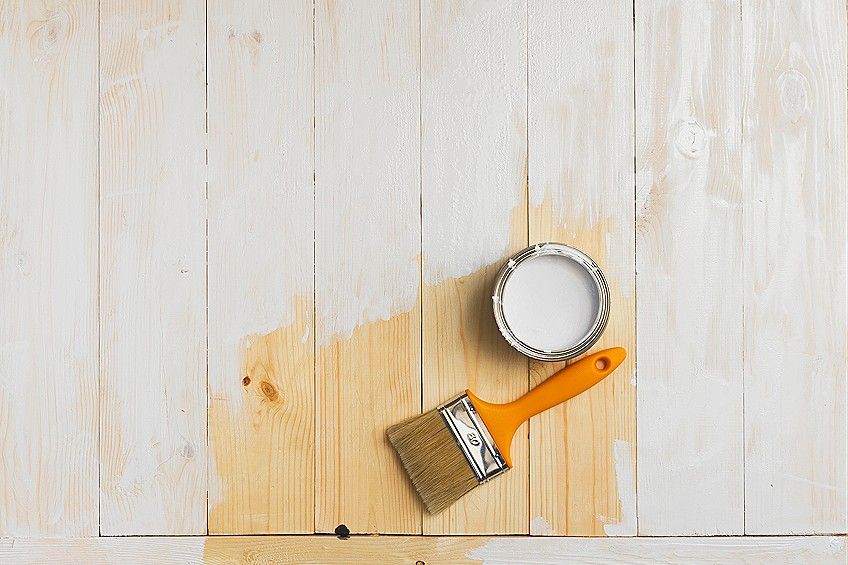
Tung Oil
Tung oil is an all-natural wood treatment oil from southeast Asia that has been used to treat the wood on its own for hundreds of years. This oil is quite thick, so when you’re using it as a primer you should consider thinning it out with turpentine especially when working with woods like maple that have a dense grain pattern. Why do you do this? Well, Tung oil tends to blotch on the wood’s surface due to its thick viscosity, thinning it out, therefore, assists the wood in accepting the oil which greatly reduces blotching and by extension the amount of time and elbow grease needed for this step in the process.
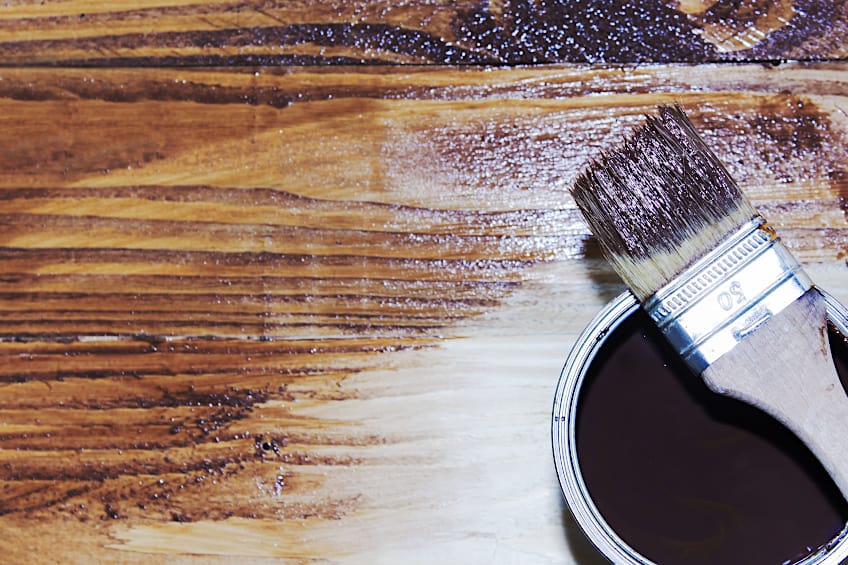
Applying Tung oil is really easy and can be quite fun and therapeutic. Simply apply some to a cloth and/or directly to the workpiece and rub it in with a cloth, continue to do so until the oil has been absorbed into the surface of the workpiece, and allow it to dry for the manufacturer’s recommended time period.
Linseed oil
Linseed oil is another great option for priming your wood for oil-based paints. Like Tung oil, linseed oil is an all-natural substance with no additives, which means it’s great for surfaces that require a food-safe coating. Using linseed oil on wood is also acceptable as it dries really well and accentuates the natural grain and color of the wood, but since you’re set on using oil paint it makes a pretty good primer as well.
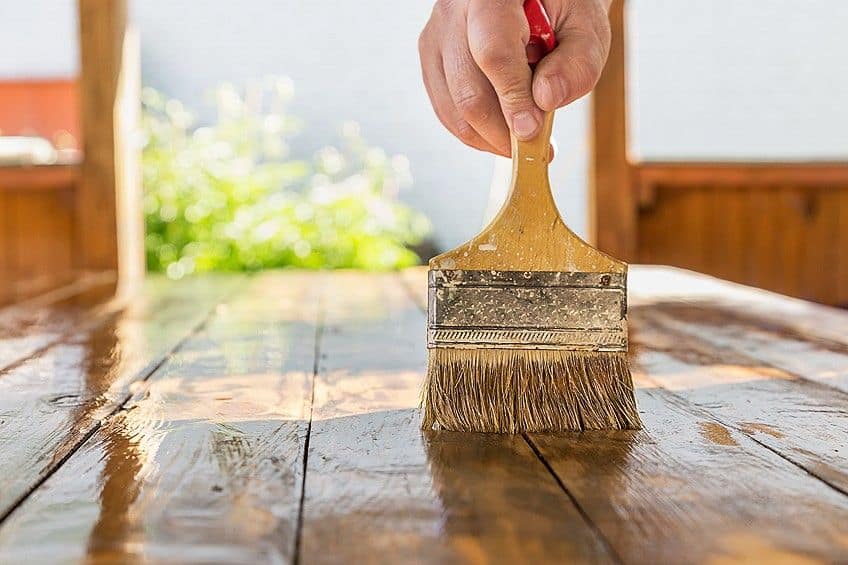
Linseed oil is usually used as a non-toxic alternative to things like conventional store-bought primers or turpentine, it is also less expensive and does not require as much caution when being worked with compared to the aforementioned products. In fact, a variation of linseed oil is actually edible and is considered quite the treat in certain parts of the world.
Applying linseed oil (much like Tung oil) is fairly simple, just apply some to a cloth or directly to the surface of your workpiece and rub it into the wood. You do have the option of using a brush to apply either oil, but this is usually reserved for larger workpieces and is not essential to the priming process. Once your linseed oil has been rubbed into the surface of the workpiece, simply allow it to set and dry for the manufacturer’s recommended time period.
Are There Other Types of Primers for Wood?
Aside from linseed oil and Tung oil, there are a bunch of other primers out there that you can use to prepare your workpiece for oil-based paints. As we mentioned previously, oil-based paint tends to respond the best to primers that catalyze well with its base element, but this doesn’t mean that other types of primers don’t work adequately. Let’s have a look at some of the primers that work with oil-based paints.
Oil-Based Primer
Since we’ve covered this one already, let’s have a look at some of the other characteristics that you might find helpful when it comes to oil-based primers. Oil-based primers are arguably one of the most versatile primers on the market, being graded for use on virtually any surface you can think of including hard stone, masonry, plastic, wood, and veneer.
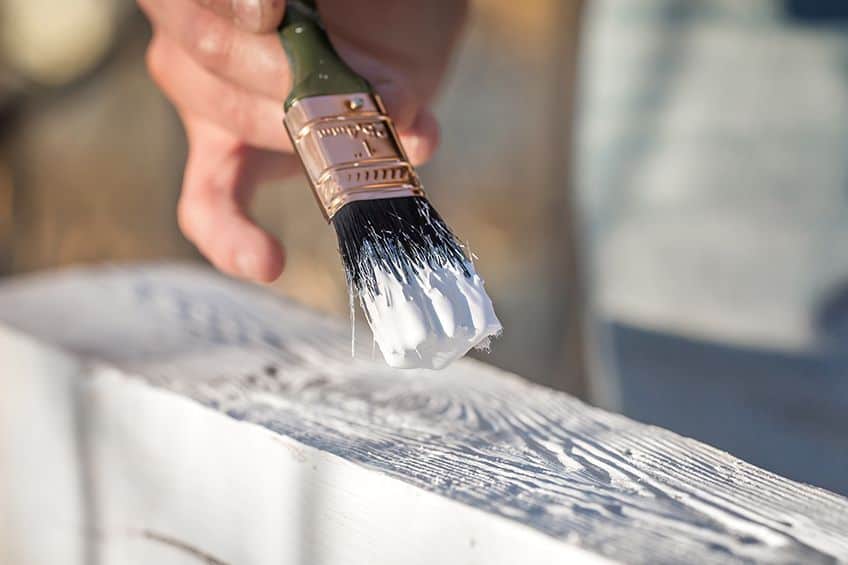
Oil-based primers are great because of their ability to seal surfaces and omit existing stains or water damage on wooden boards. This means that when you inevitably paint over these stains they will not show through your paint, and the primer will give your paint a more balanced and intense feel to its color.
Oil-based primers can be challenging to remove and dispose of though, as they contain harmful chemicals, this also means that they are not particularly food safe, unless you were to opt for 100% natural linseed oil or Tung oil.

Latex Primer
If you’d like to opt for a more environmentally friendly option, you could always go with a latex-based primer instead of an oil-based one. Latex-based primers actually contain little to no latex particles in them, so if you have allergies and you’re concerned about how this will affect you, you can rest assured that this type of primer is perfectly safe. Latex primers are actually water-based and contain very few volatile organic chemicals (VOCs), which means they’re food-safe too.
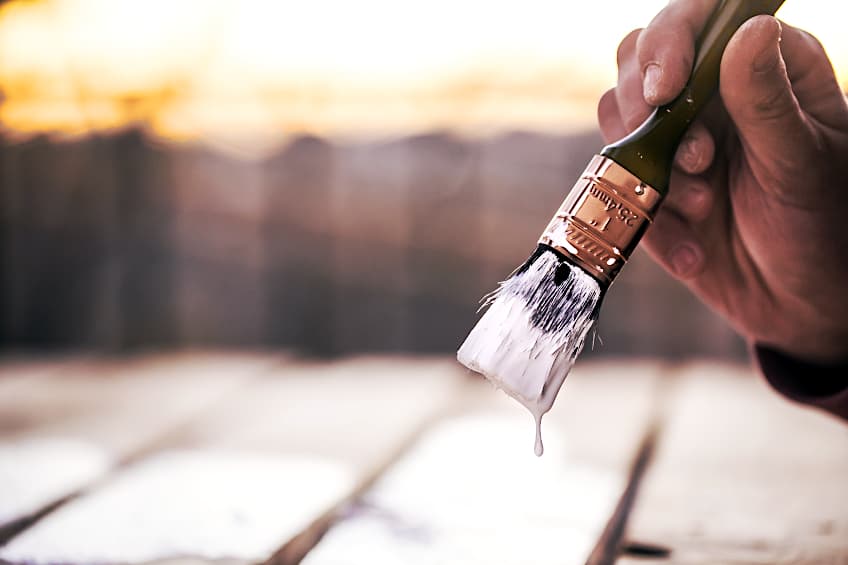
The awesome thing about latex primers is that they are even more versatile than oil-based primers, you could use them on wood, drywall, stone, masonry, and even vinyl, but you should check the quality of our primer with some test material before going all out as effectiveness can vary from brand to brand. Since they contain few VOCs, you can work safely in the comfort of your home or office with latex primers, with the only drawback being that they don’t cover up stained or damaged wood surfaces as well.
Latex primers are also really easy to clean up because they are water-based, but the drawback is that they are really thin in viscosity which means you’ll have to apply a lot more than you would with oil-based primers.
Shellac Primer
Professional crafters are well known for describing shellac primers as the best of both worlds when painting any surface. They have the effectiveness and stain coverage of oil-based primers with the added benefits of being fast drying like latex primers. Shellac primers can be used indoors on outdoors as they possess minimal toxicity and fumes (although you should always work in a well-ventilated area), and they do a great job of covering up stains and blemishes on wood surfaces.

Shellac primers can be used on a number of surfaces and have a drying time of less than an hour which means they’re a great tool to have when you encounter time-sensitive projects.
Shellac primers are also really versatile and can be used on any number of surfaces due to their particularly adhesive nature. Although it is often praised, shellac primers do need to be thinned out quite a bit before they can be used on denser hardwoods, but this is a simple and quick process.
| Primer | Pros | Cons |
| Oil-Based Primer | Versatile Covers stains Protects wood Sheen finish Easy to apply
| Contains VOCs Can crack over time Long drying time Difficult to clean up Needs to be thinned at times |
| Latex-Based Primer | Versatile (Very) Few VOC’s Easy to clean up Easy to apply Does not need to be thinned Dries quickly | Requires more coats than oil-based primers Does not cover stains well Tends to run when over-applied |
| Shellac Primer | Versatile Few VOC’s Easy to use Covers stains Sheen finish Dries quickly Protects wood | Contains VOCs Difficult to clean up Needs to be thinned out at times |
Now that you know what oil-based paint is, what type of natural primers you can use on wood when working with it, how to apply oil-based primers, and what alternatives are available to oil-based primers, it’s time for you to get out there and put your new-found knowledge to use. Remember to always work in a well-ventilated area no matter what type of primer you are working with, and to always wear the appropriate personal protective gear.
Frequently Asked Questions
Can You Use Oil Paint on Wood?
Can you use oil paint on wood? The answer is a resounding yes, you can use oil paint on wood, but you should always apply a primer to your wood beforehand. Why? Primer not only allows the paint to adhere to the wood but also ensures that the paint has an even sheen finish.
Do You Need Primer for Oil Canvas Paint?
Do you need primer for oil canvas paint? If you have never used oil paint on canvas before, you should remember to always prime the canvas before applying your paint. Why? Oil-based paint will eventually begin eating away at your canvas if a primer is not applied beforehand.
Can You Use Regular Paint Over Oil-Based Primer?
If you have never used an oil-based primer before, you can rest assured that you can use latex-based paints with oil-based primers. This might actually work in your favor as oil-based primers tend to liven up the color of paints that are applied to them.

I have been into woodworking since 2005 and woodturning since 2011. Because of my love for wood and woodworking, I started woodhappen.com to teach other enthusiasts about how to finish and seal wood, the best woodworking tools, the different types of wood, and everything else related to woodworking! Read more about me here.


